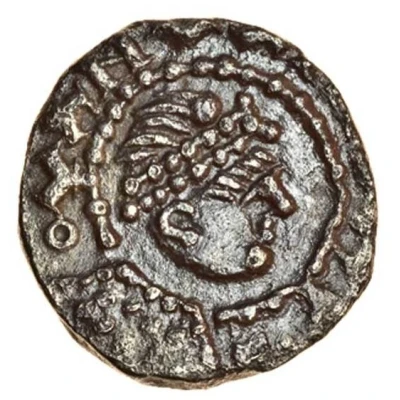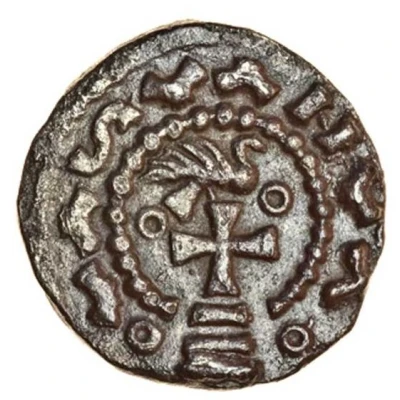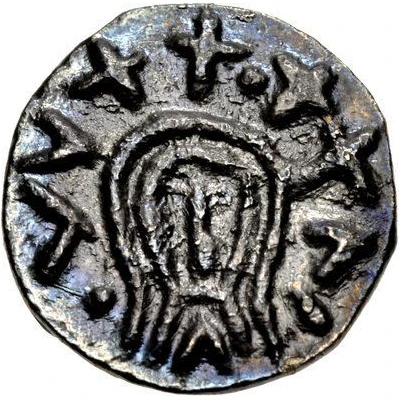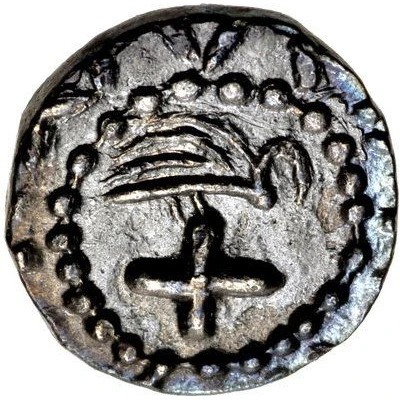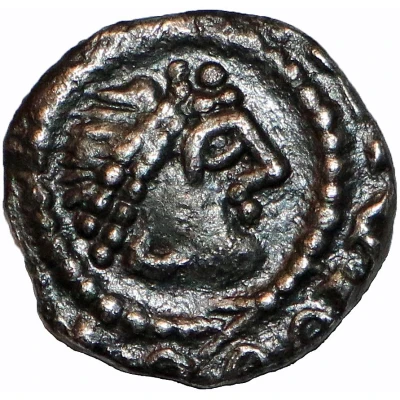
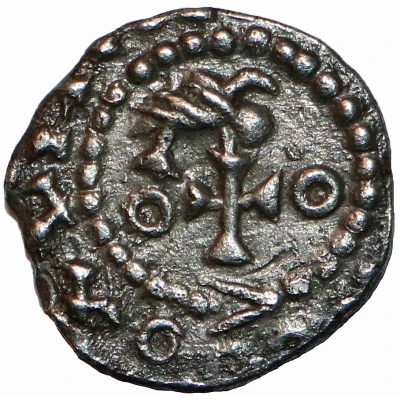

© John Conduitt (CC BY-SA)
Sceat Series BI
| Silver | 1.16 g | - |
| Issuer | Early Anglo-Saxon (Kingdoms of British Isles and Frisia) |
|---|---|
| Type | Standard circulation coin |
| Years | 680-710 |
| Value | 1 Sceat |
| Composition | Silver |
| Weight | 1.16 g |
| Shape | Round (irregular) |
| Technique | Hammered |
| Demonetized | Yes |
| Updated | 2024-10-09 |
| Numista | N#109185 |
|---|---|
| Rarity index | 93% |
Reverse
Bird right on cross, annulet at end of each horizontal arm, within beaded snake inner circle.
Lettering: [uninscribed]
Comment
Early Anglo-Saxon period (c.600-c.775), Sceatta coinage (c.675-c.760), Primary phase issues (c.680-c.710), Series BI. Abr. 16, BMC 27aVarious styles minted in various regions of south-eastern and eastern England.
For further detail on these and other early Anglo-Saxon English coins, please see:
Thrymsas and Sceattas in the Ashmolean Museum, Oxford, Vols I-III by D.M. Metcalf.
Interesting fact
One interesting fact about the Standard circulation coin Sceat (Series BI) (680-710) from Early Anglo-Saxon (Kingdoms of British Isles and Frisia) made of Silver weighing 1.16 g is that it features a unique blend of Christian and pagan elements in its design. The coin's obverse side bears an image of a cross, symbolizing the Christian faith, while the reverse side features a depiction of a mythical creature, possibly a dragon or a serpent, which was a common motif in pre-Christian Anglo-Saxon art. This blending of religious symbols reflects the cultural and religious transformations that were taking place in Early Anglo-Saxon society during this period.
